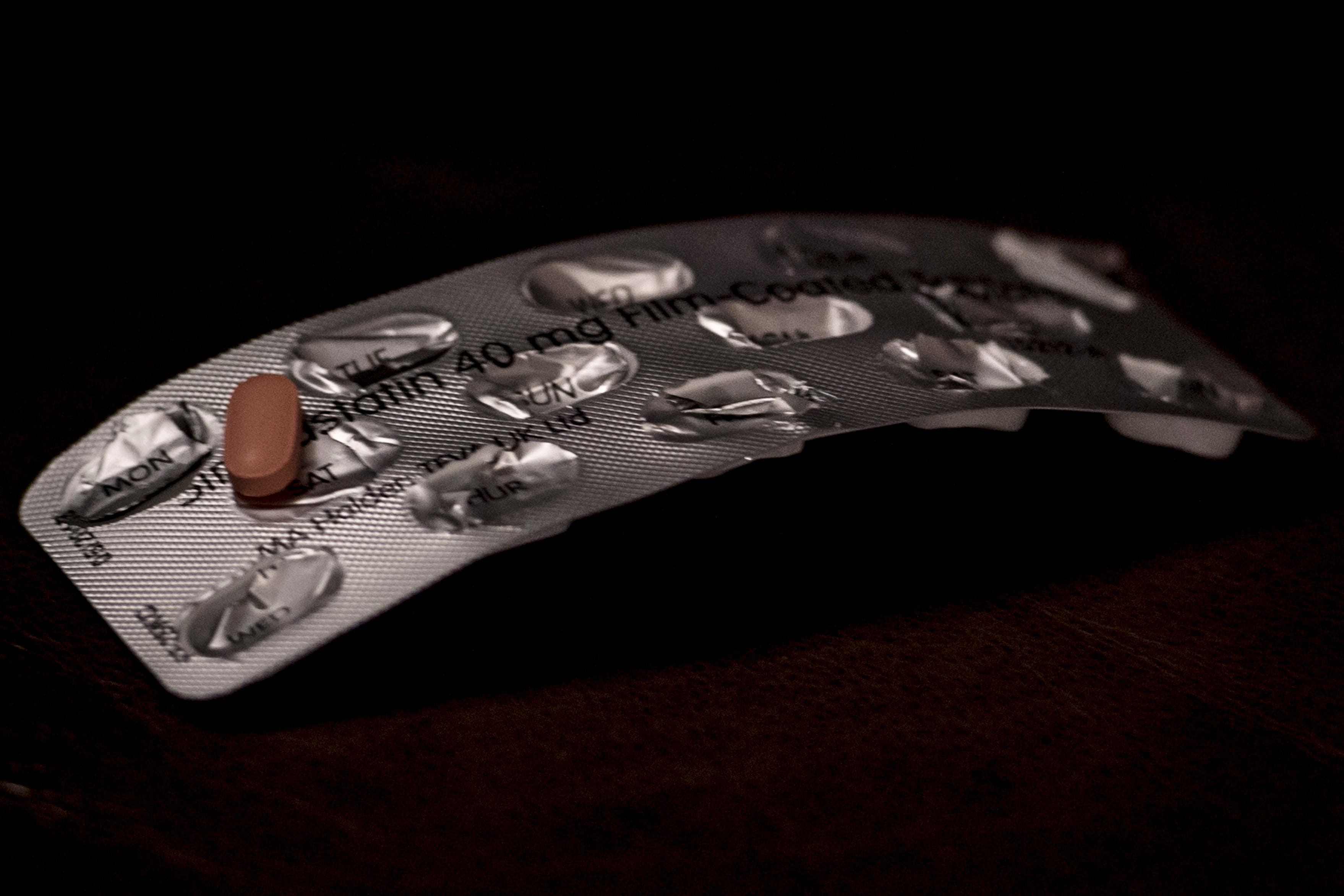Moderate exercise safe for people with muscle pain from statins, study suggests
Scientists said the findings are reassuring for people who experience muscle pain or fatigue from the cholesterol lowering drugs.

Moderate exercise is safe for people who have muscle pain from taking statins, according to a study.
Researchers found that the cholesterol lowering drugs do not increase muscle injury after prolonged walking.
Scientists say the findings are reassuring for people who experience muscle pain or fatigue from statins but need to exercise to help keep their cholesterol levels low and their hearts healthy.
Statins are one of the most commonly prescribed drugs in the UK, with about seven to eight million people taking them to cut their chance of heart attack and stroke.
These results demonstrate that prolonged moderate-intensity exercise is safe for statin users and can be performed by statin users to maintain a physically active lifestyle and to derive its cardiovascular health benefits
But along with headaches, dizziness and other symptoms, the NHS lists muscle pain as one of the common side-effects of taking the medication.
While past studies have shown vigorous exercise can increase muscle damage in some statin users, which can lead to decreased physical activity or cause people to stop taking their medication, less is known about the impact of moderate exercise.
The 100 people involved in the small study were split into three groups: asymptomatic and symptomatic statin users, and those who do not take the drugs.
They walked 30, 40 or 50 kilometres (18.6, 24.8 or 31 miles, respectively) per day at a self-selected pace for four consecutive days.
Statin users had all been on the medication for at least three months.
The study found that statins did not exacerbate muscle injury or muscle symptoms after moderate-intensity exercise.
Neeltje Allard, first author of the study and researcher at the department of integrative physiology, Radboud University Medical Centre in Nijmegen, Netherlands, said: “Even though muscle pain and fatigue scores were higher in symptomatic statin users at baseline, the increase in muscle symptoms after exercise was similar among the groups.
“These results demonstrate that prolonged, moderate-intensity exercise is safe for statin users and can be performed by statin users to maintain a physically active lifestyle and to derive its cardiovascular health benefits.”
The findings are published in the Journal of the American College of Cardiology.
Last August, a study by researchers at the University of Oxford suggested taking statins does not commonly cause muscle pain.
Where pain does occur, the Oxford scientists said it could either cause patients to stop taking the medication or discourage them from taking it in the first place, meaning they could miss out on the benefit of it lowering their risk of heart attack or stroke.
The study suggested the risk of muscle pain caused by statins was low and did not outweigh the benefits of taking the drugs.
It also indicated that the small increased risk of muscle symptoms was mostly observed within the first year of treatment.